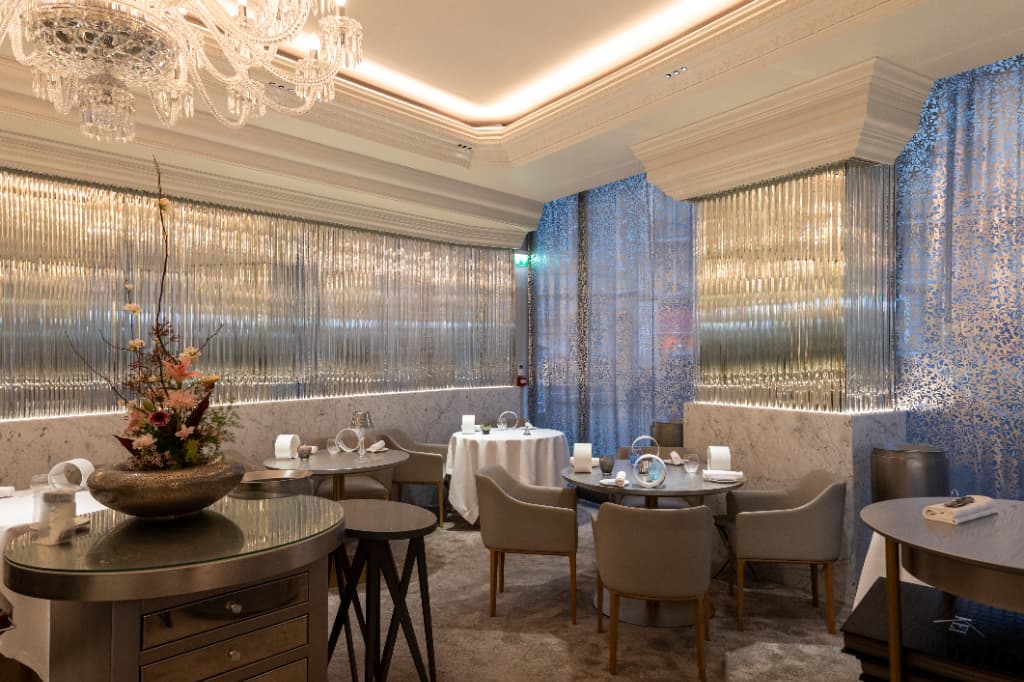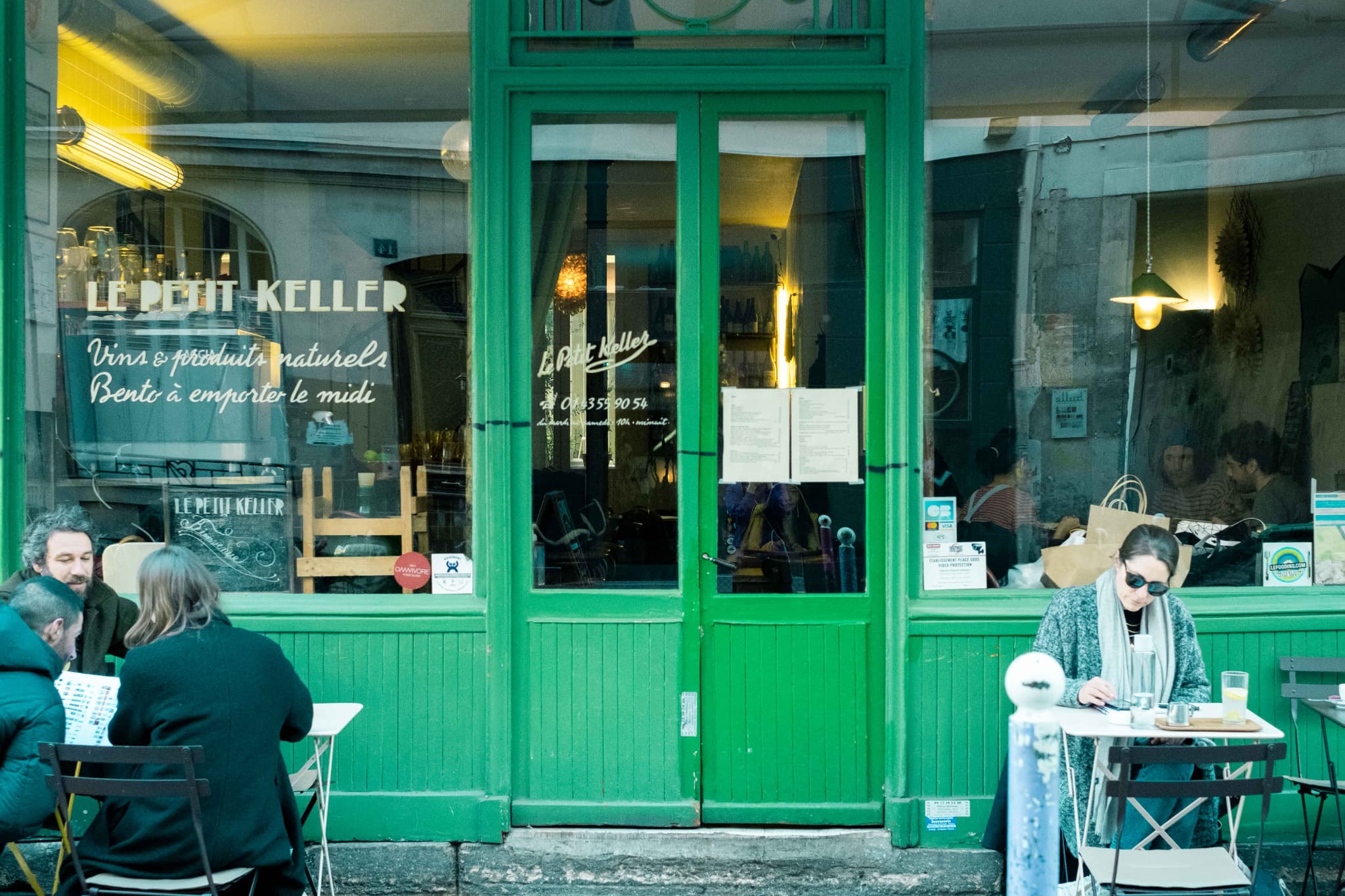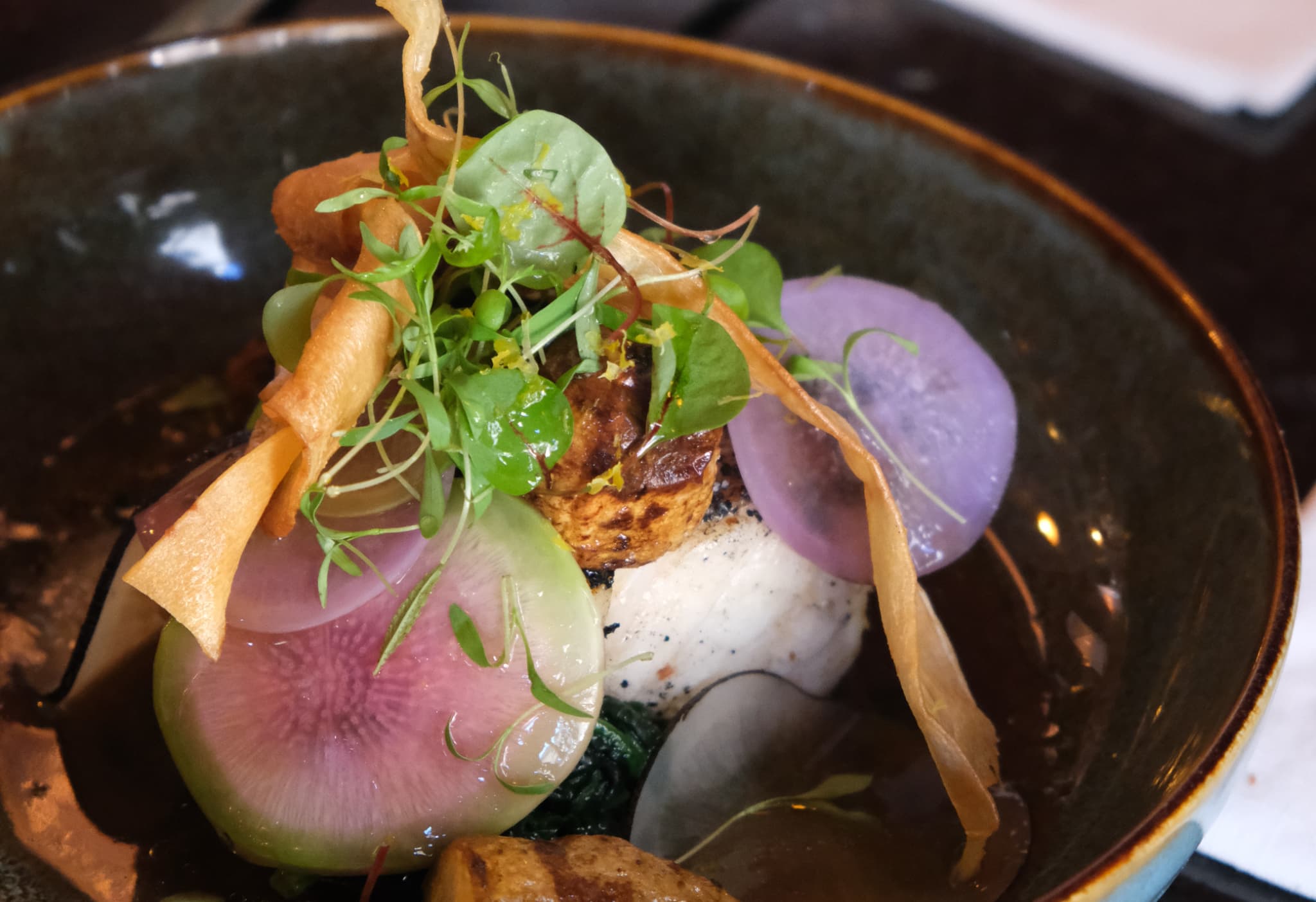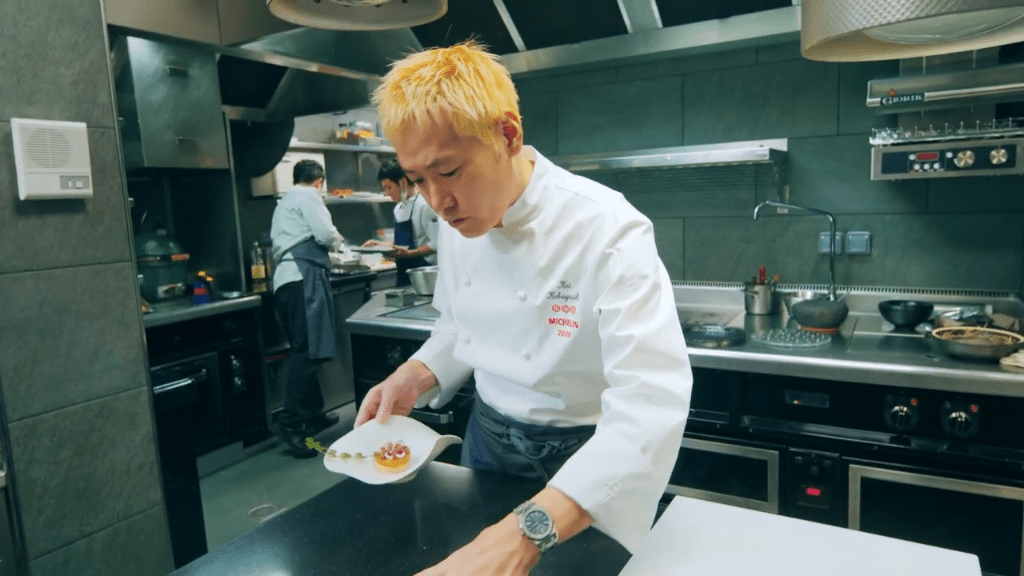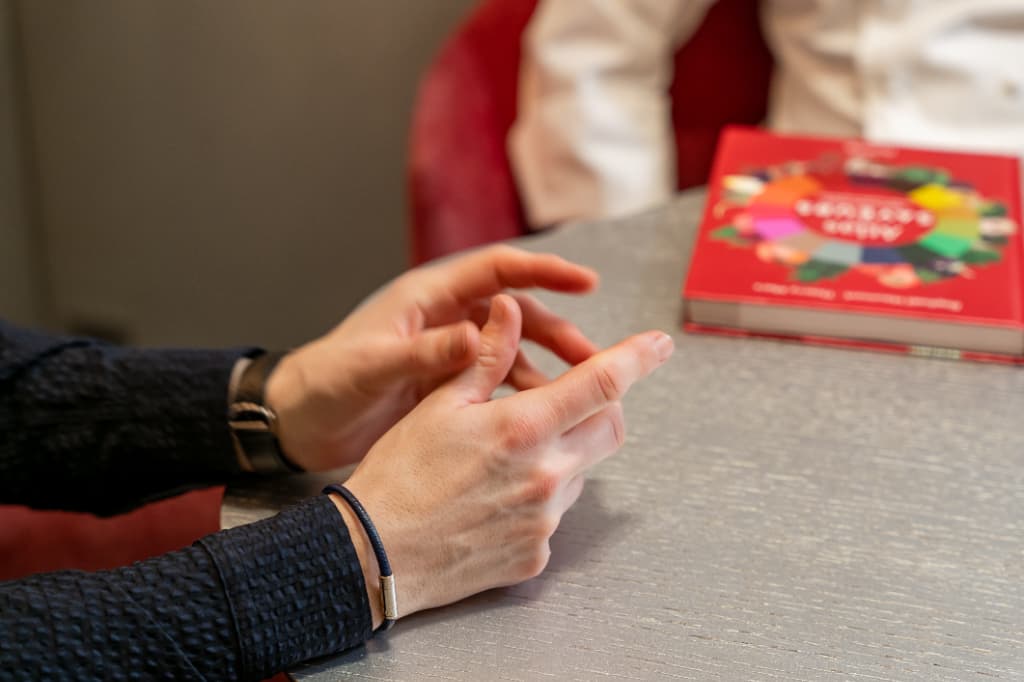
Interview between the chefs Raphaël Hautmont and Kei Kobayashi
小林圭氏とラファエル・オモン氏の対談が実現
As part of the project to promote the charm of the Nagano Prefecture in France through its gastronomy, the chef-physio chemist Raphaël Hautmont met for the first time the chef and owner of the K E I restaurant, Kei Kobayashi (born in Suwa, Nagano), for an interview.
The meeting took place on 8 February at the K E I restaurant in the heart of Paris, close to the Louvre and the Palais Royal.
Last autumn, Mr.Hautmont had the opportunity to go around all of Nagano’s areas and to see the local ingredients for himself, while learning about the prefecture’s history and landscapes. Therefore, he started the conversation on “the region’s assets, how he was welcomed by the locals, and the local products of Nagano, that can only be found in Nagano because of its roiling landscapes”, that he was able to feel when he went there. Mr.Kobayashi then responded by speaking of the miso his family used to make.
*Kei Kobayashi=K 、Raphaël Hautmont=R
K:“When it comes to miso, even now it is hard to make it by yourself but my grandparents used to do it. In Nagano prefecture in the past, people even used to make tsukemono (Japanese pickles) themselves, as well as miso. Each miso had a different taste that varied from one family to another, because each house has its own bacteria. In the same way, each person who lives in this house brings their own bacteria with them. In Nagano, where I was born and raised, I feel that good local products were always within my reach.”
R:“Very interesting. Even more so, that what makes cooking interesting is when you combine the flavors of your ingredients. For example, in your miso glazed pigeon dish, the umami of the miso lingers in the mouth for a long time. It is the result of the combination between the miso sauce and the umami already in the pigeon that brings it forward. When we talk about miso in France, we only think about the soup of the same name but miso can be used in many other ways.”
– During the Nagano reception that was held last November 3rd, Mr Hautmont, you made a dish with Nagano miso, which you studied.
R:”Indeed. With the results I got from that study, I found it interesting to mix miso and scallops. I found that miso has some things in common with coffee, in fact it caramelizes and roasts itself just like coffee does. So I thought it would be a good idea to combine this caramelized miso flavor with the richness of coffee. The same with oysters, in France we tend to eat them with shallots and vinegar to take away the iodine taste, but if you mix them with sate sauce or lychee, you can get a wonderful floral aroma and a surprising taste. I suggested making a sorbet out of a saké-based cocktail with lychee, adding some oyster juice to enhance the flavor. I also added some white miso to my crème anglaise. A white miso ice cream has the same molecular characteristics as a tarte tatin and a salted caramel flavor. These results led to some interesting approaches between cooking and chemistry.
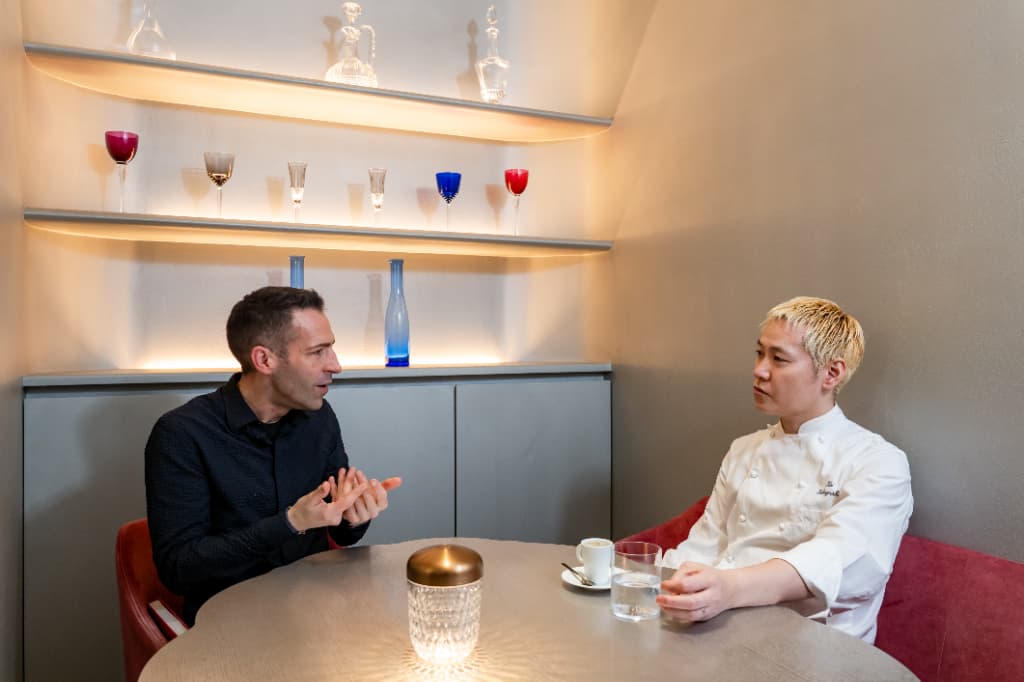
K:“I see. So it is possible to have this molecular approach for all kinds of dishes. Even if you take just one dish : French casserole, pot-au-feu for instance. There is a scientific reasoning behind every single decision : how many grams should you put in, in how many times ? How long should it cook ?”
R:“Exactly. We tend to think that star-chefs take these decisions in an instant, but I think it is a mistake to think that way. The chef always has an important part to play. Even with sauces, they must always have the same taste, same color, same smell, these results do not happen by chance. In molecular gastronomy, we can understand the rules and techniques we use in cooking. This also allows us to create original recipes that do not exist anywhere else. For example, with molecular gastronomy, you can know that the ideal temperature to cook an onsen tamago (Japanese soft-boiled egg) is 62°C. To make miso or bread there is a way that comes from science, but it is the chef’s part to make it their own creations.
“Just as you said, you have to offer dishes that are at the same high level every day. You, as a scientist, me as a cook and a pâtissier, we have to eat every day to learn more about taste. These tastings are essential. It is said that chefs have to experiment every day. We get new ingredients every morning, and even if they are the same as the day before, they do change every day. You have to test them, check the quality of their flavor, and find out what they can go with. Even if it is easy to find interesting combinations, it is more difficult to get a result that always tastes good. We have to satisfy the customers. What we can do to make the dishes “interesting” is to assemble them. If you associate temperatures and textures you can make interesting dishes. However it is still hard to make a dish that the customers will find delicious and you can only reach that goal by tasting the dishes.”
R:“When you add Japanese ingredients in French cuisine, how do you decide the taste of your dishes ?”
K:“I don’t think I am looking for Japanese ingredients consciously. For instance, for my pigeon dish’s sauce, I chose to add miso to the apple to give it a bit of a sugary taste. When you want to combine tastes, you tend to remember what you have eaten in the past. For this dish, it comes from my childhood in Nagano, where I would eat Gohei Mochi sprinkled with sesame seeds, with a miso sauce, the texture of which left a mark on my memory.”
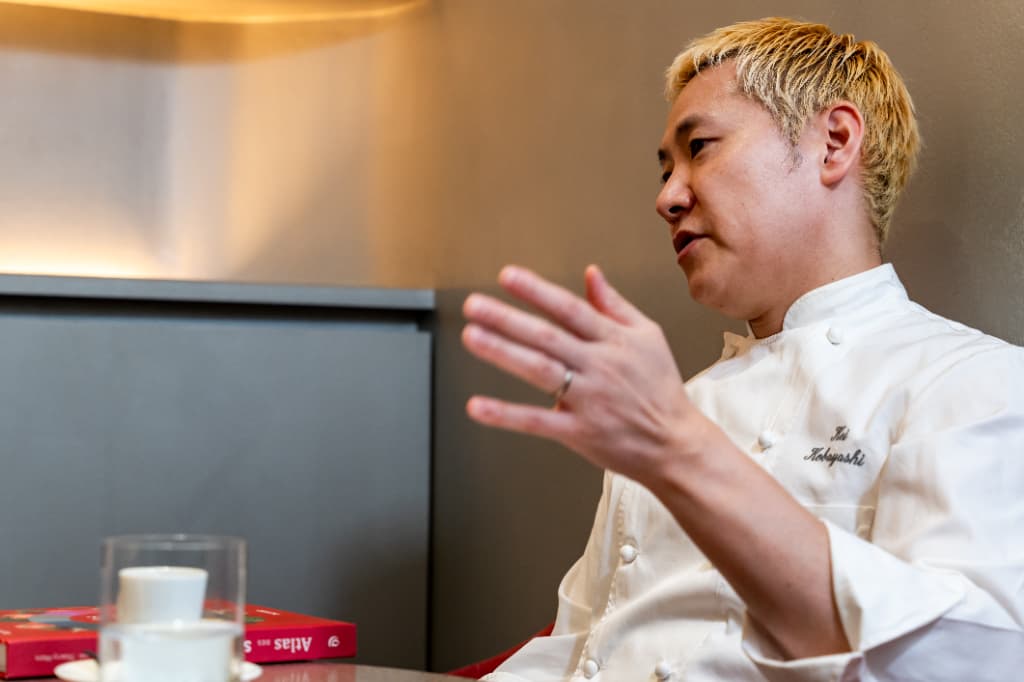
“To remember the texture we tasted…Very interesting ! In molecular gastronomy, you can also study textures from a scientific point of view. With this experience in Nagano, I was surprised to discover that Japanese cuisine had a wider variety of textures, colors and aromas than the French. The textures especially left an impression on me. However, it seems that French people usually do not like the chewy textures that are so popular in Japan. What do you think of it ?”
K:”I have lived in Paris for 25 years but since 10 years ago, the city is slowly changing. Udon and Ramen that have that texture are more and more popular. Even for saké, French people used to misthink that it was a highly-dosed alcohol but now they can drink it during their meal.”
– How do you see ingredients from Nagano developing themselves in France in the future?
K:”The agar-agar will be easy to use. Miso as well, for instance to replace cheese. French cuisine often uses wine and cheese, you just have to replace them with other fermented food. The white koji from Nagano, which is the base for miso, will also be easy to use, because it makes meat more tender.”
R:”I agree. Miso is a really good ingredient, this fermented product makes meat more tender and can be a really good marinade. Both miso and white koji can be used in many different ways.”
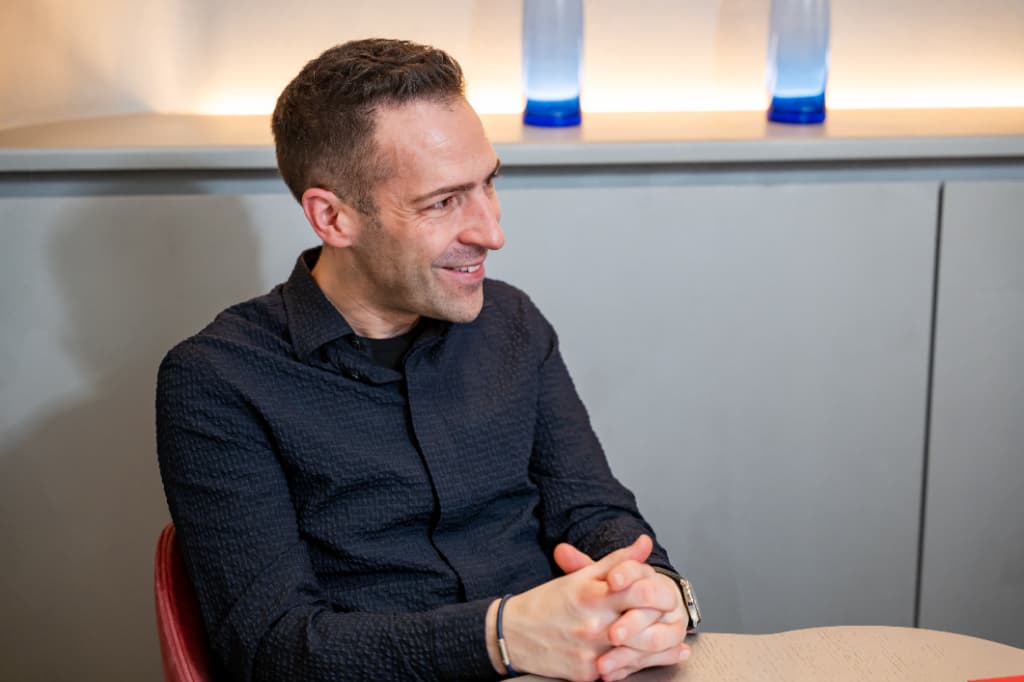
-Mr.Kobayashi, you are from Suwa, Nagano and Mr. Hautmont you visited all the areas of Nagano last autumn. As a French person, what did you think of Nagano ?”
R:” Unfortunately, French people do not really know Nagano Prefecture yet. Those who have heard of it vaguely remember that the Winter Olympics were held there. When I went there I discovered many things : splendid landscapes, mountains, a special climate and rich local agriculture. What impressed me was the prefecture’s culture, its cuisine, and namely the fact that there was agar-agar. From small villages to big cities, there is a lot of variety. But the qualities of Nagano do not stop there : there are many traditional skills, such as wooden chopsticks, lacquerware, but also many ingredients for making miso, wasabi, sake and wine. It really is a shame that tourists do not know that there is so much to discover just one hour by Shinkansen from Tokyo.”
K:”When I think of Nagano, I think of the richness of its nature and countryside. The water there is crystal clear. It can be used to make alcohol, rice and wasabi. Wasabi especially needs clear water and the quality of Nagano’s water makes it possible to grow wasabi. I think the fact that you can see things in Nagano that you would not be able to see in the crowded Tokyo or Kyoto, should be promoted. Besides, the cities haven’t changed much. In the countryside, where the air is cleaner, there are many old buildings. When I was a child, there were many ancient buildings just like Narai Juku but they were destroyed. Nagano has a lot of forests and mountains, and the scenery is beautiful. But if foreigners continue to buy land like in Hakuba, the charm of Nagano will begin to fade. We must protect it.”
R:”Since French people love nature, I think Nagano prefecture really can be attractive to them. Without rushing the tourism development, it is important to find a balance that can protect the local culture and environment.”
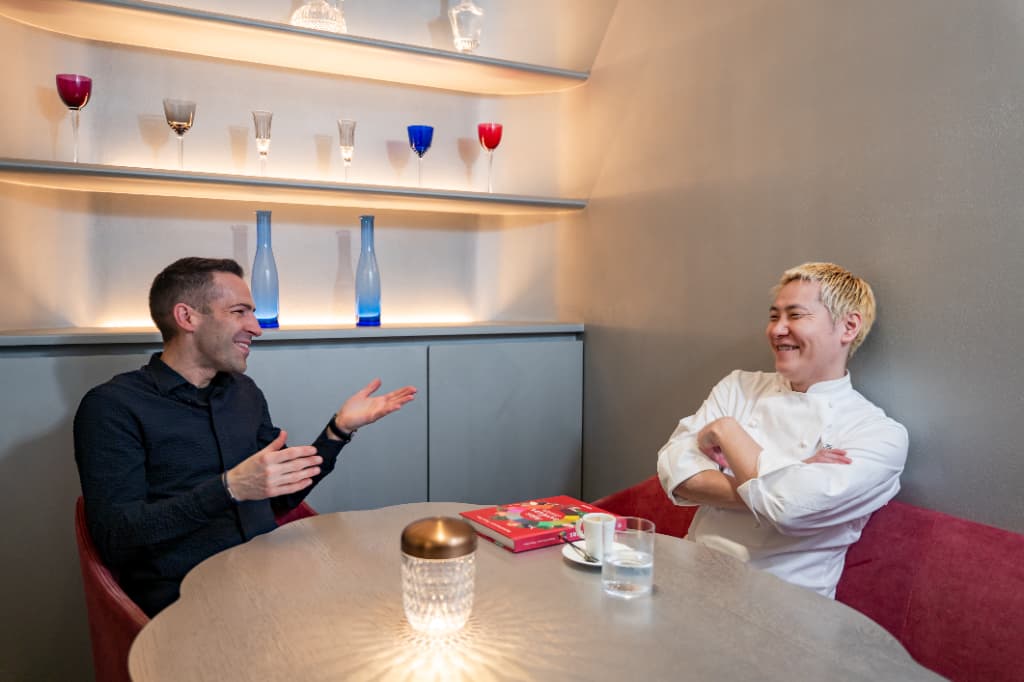
K:”Speaking of food that grows in Nagano, there is a window to make new alcohols. It is proudly the second prefecture to produce the most apples in Japan, it would be possible to make cider or calvados. There is a lot of opportunity for the prefecture to develop itself.
R:”Yes it is true that the climate’s variation makes agriculture easier. Agar-agar is produced naturally by drying in the mountains, making it an environmentally-friendly ingredient from an ecological point of view. It fits in with current trends in environmental protection. Even so, I believe that this type of know-how transcends time and is not a question of trends.”
It is said that the best way to get to know a new culture is through its food. This dialog provided a glimpse into the future, where Nagano, which is seeking to perfect the attractions of its regions, will be able to reach the French through this medium.
